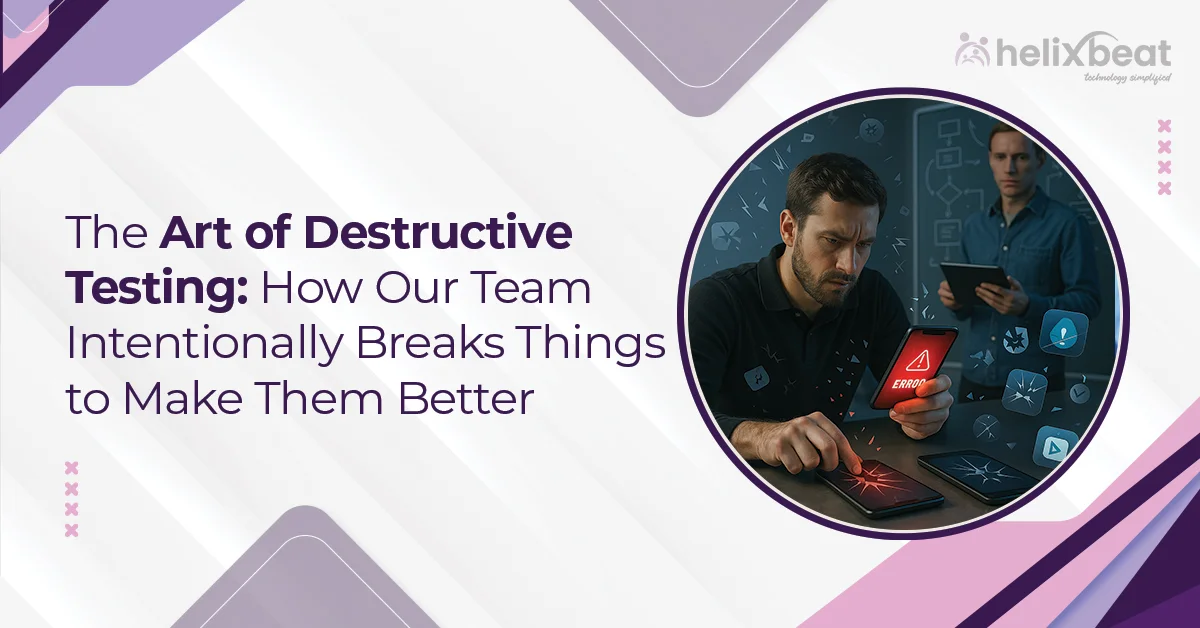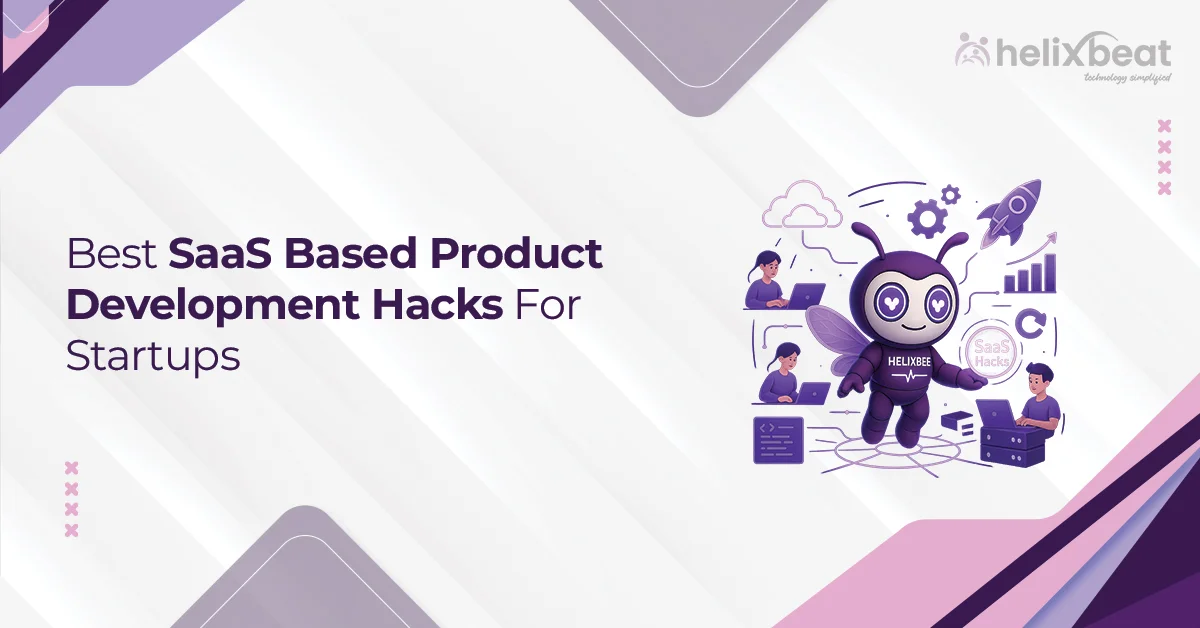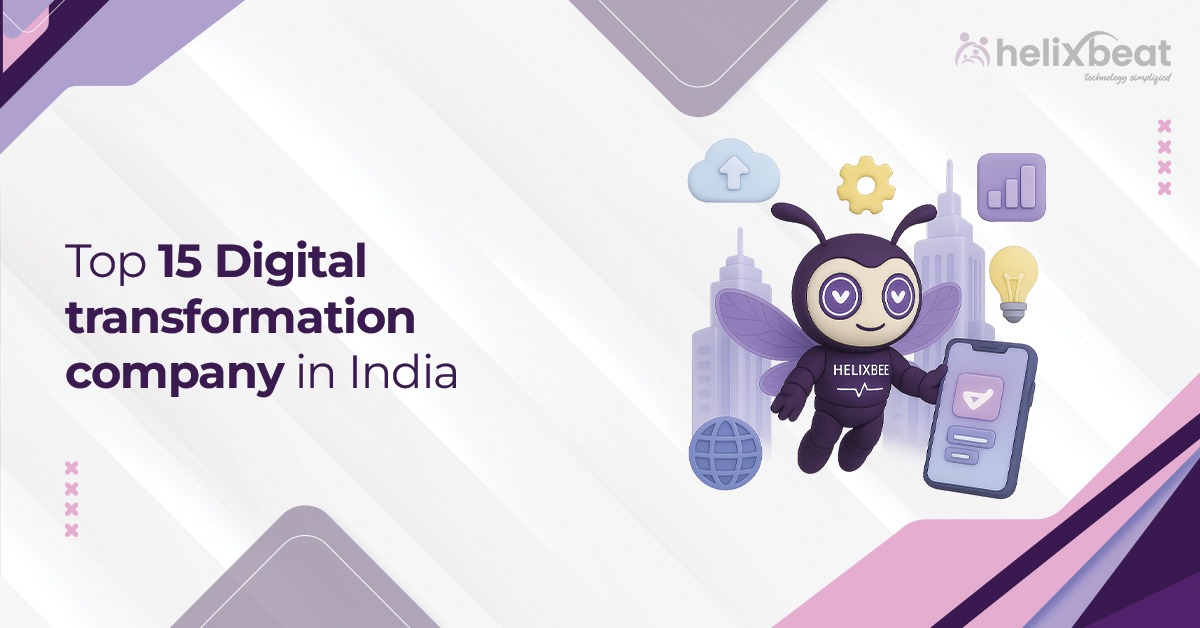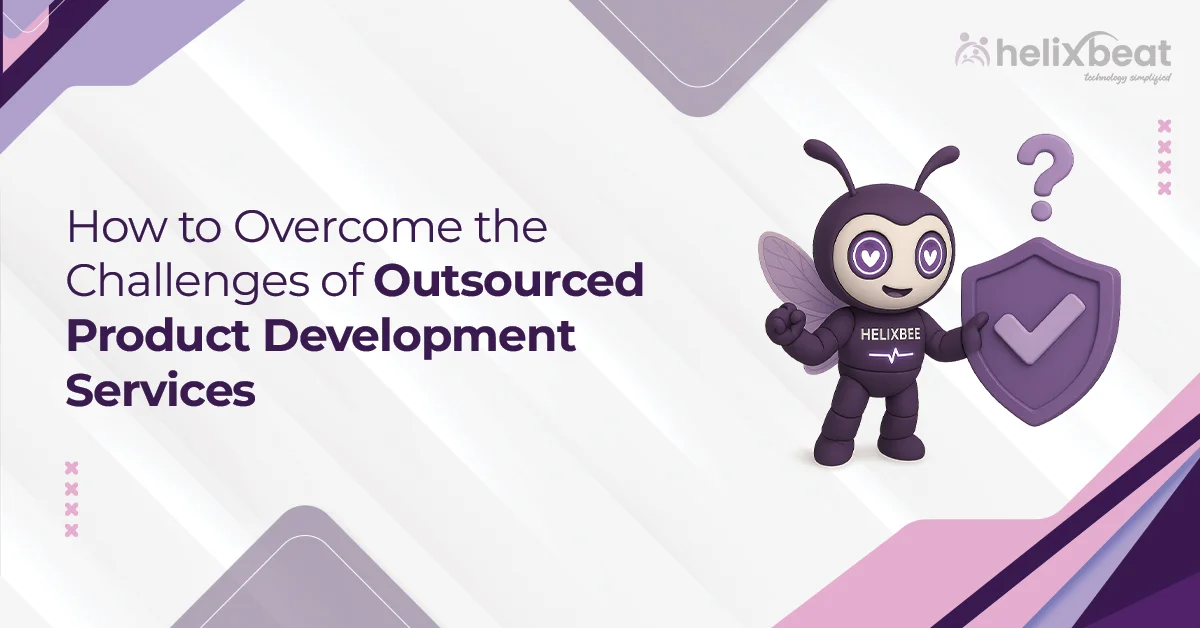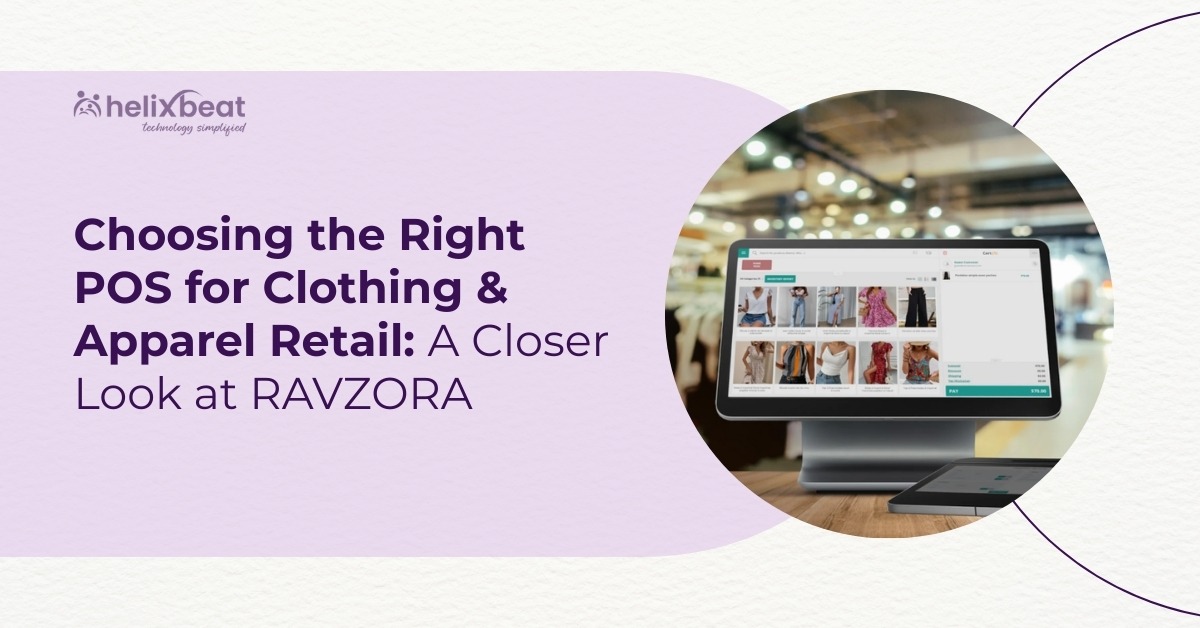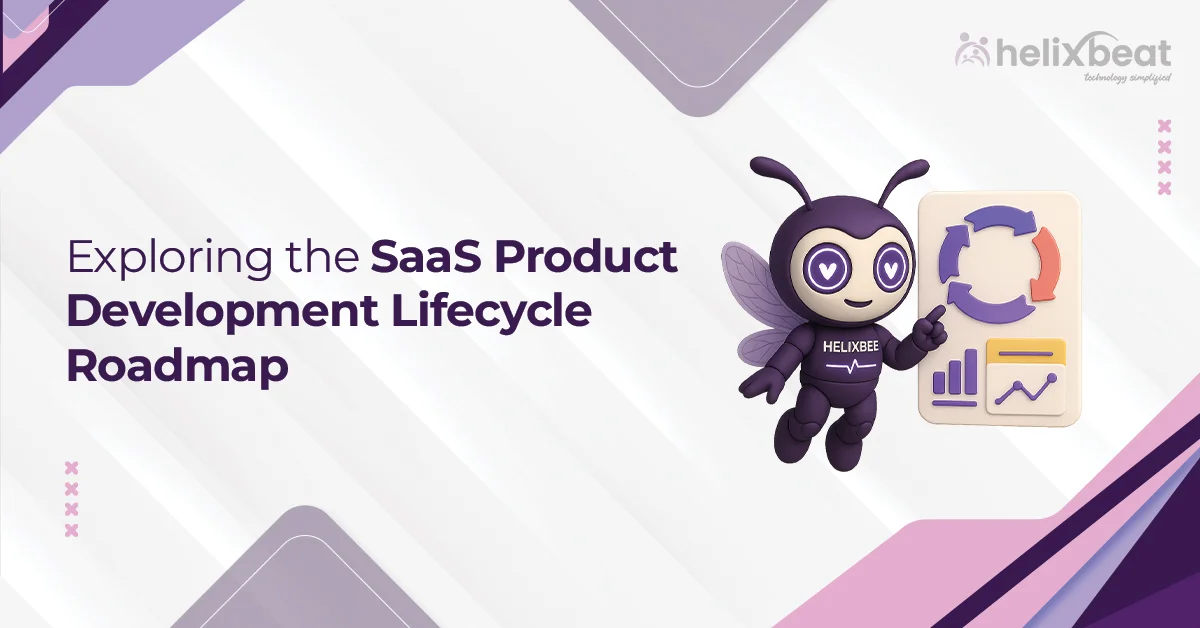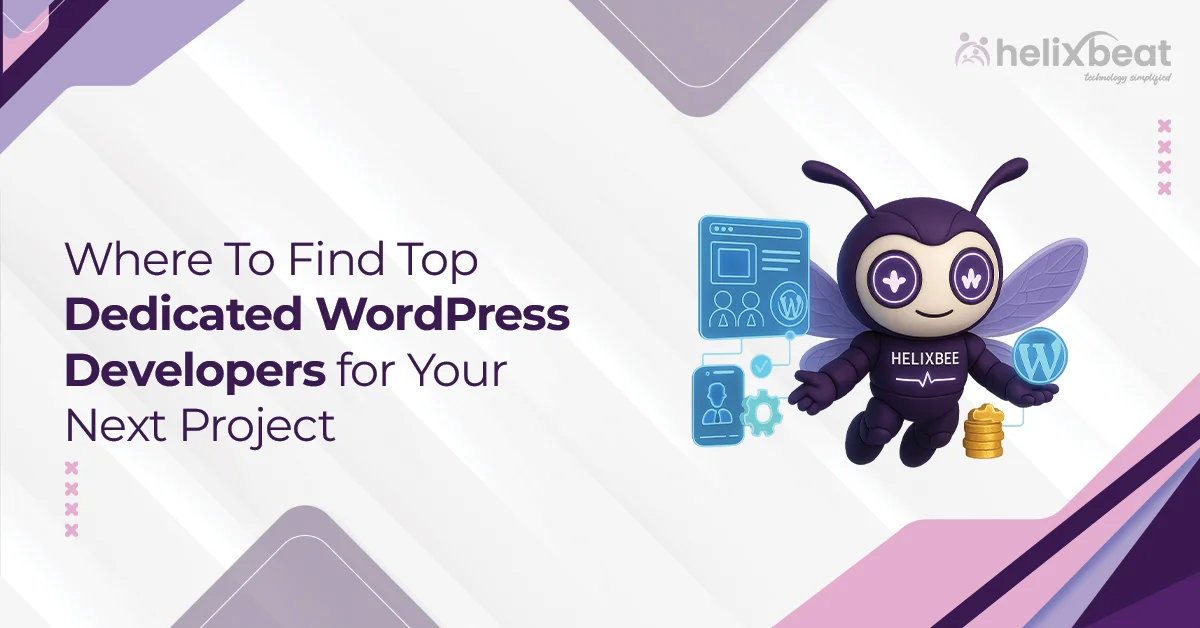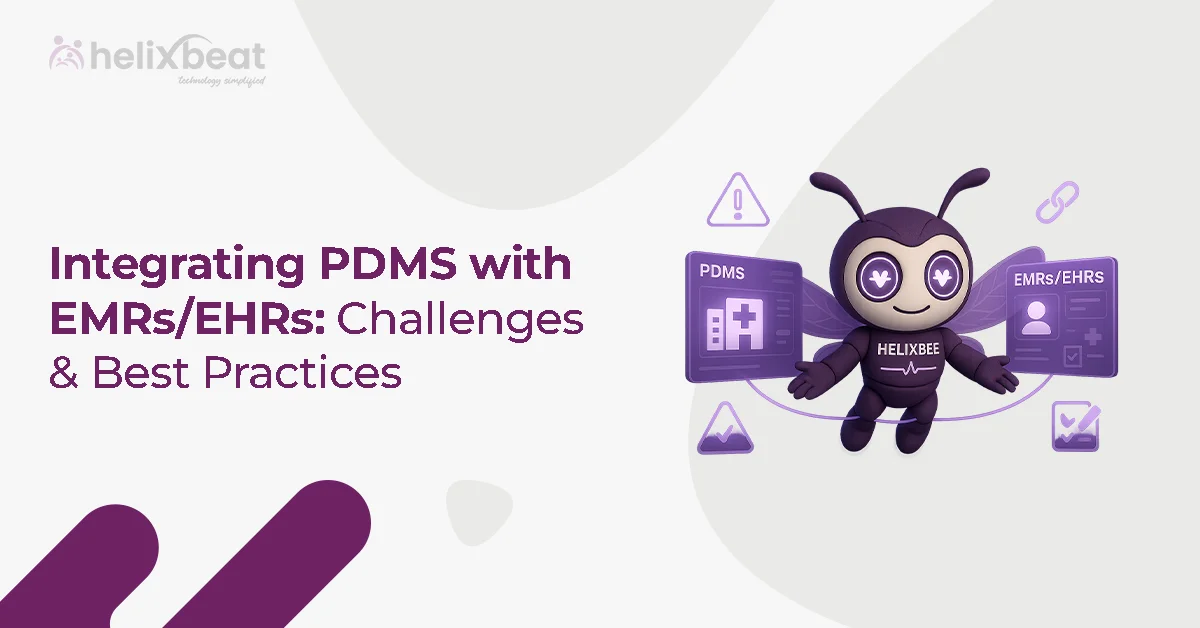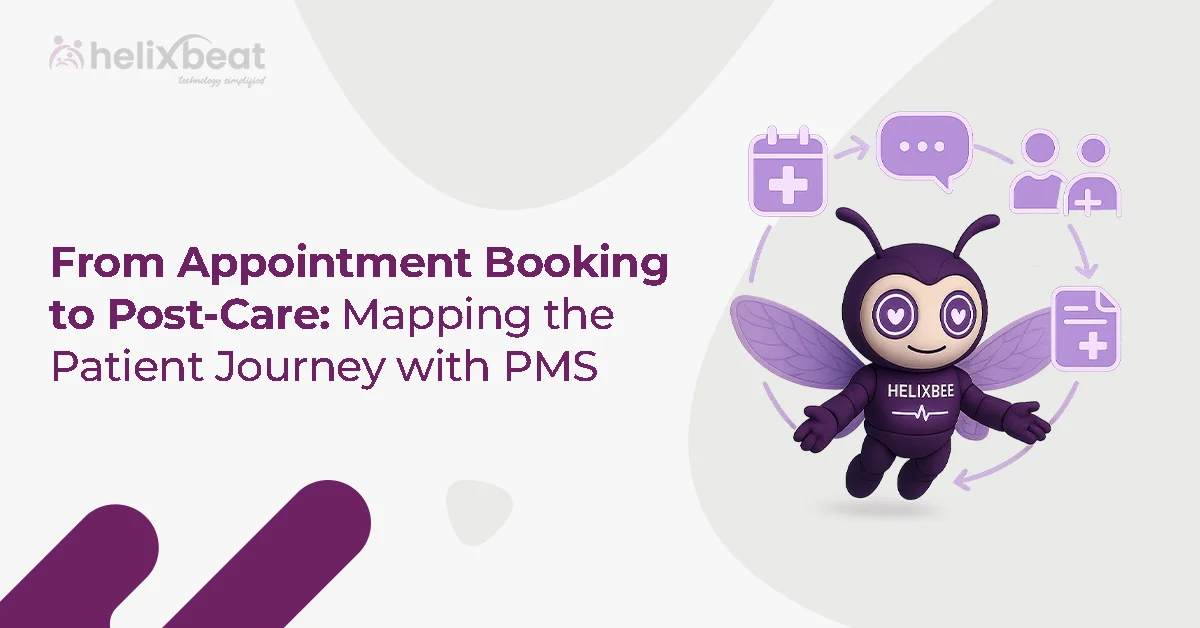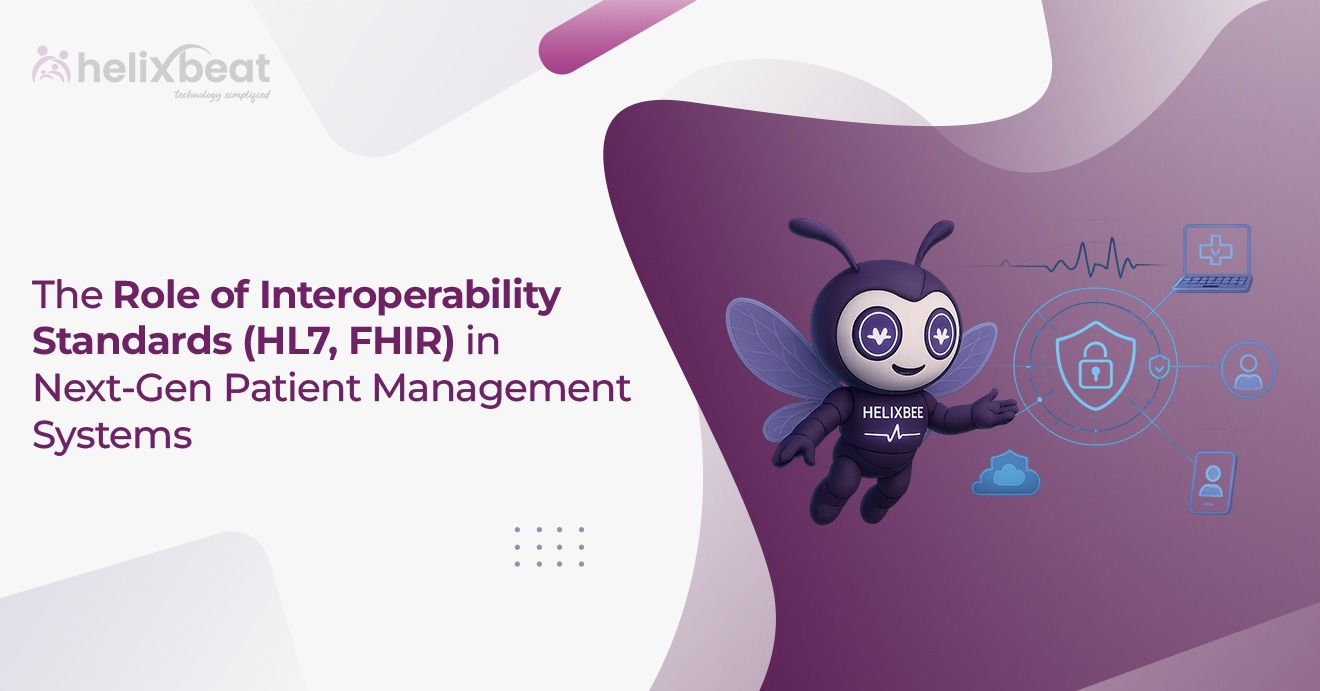Healthcare is racing toward a digital future, but one stubborn roadblock keeps slowing it down—data interoperability. Despite groundbreaking advancements in medical technology, the seamless exchange of patient information across different healthcare systems remains a complex puzzle.
However, overcoming these obstacles isn’t just about streamlining operations; it’s about unlocking the full potential of modern medicine, improving patient outcomes, and driving the next wave of innovation in healthcare.
In this blog, we’ll explore the key challenges of data interoperability and how an innovative solution like AERIS is paving the way for a more efficient healthcare landscape.
Table of Contents
The Complexity of Healthcare Data
Healthcare generates massive volumes of data daily, from electronic health records (EHRs) and diagnostic imaging to wearable device outputs and genomic information. However, much of this data is locked within siloed systems that do not seamlessly communicate with each other. This fragmentation often leads to gaps in patient history, duplicate testing, and administrative inefficiencies, ultimately affecting the quality of care.
Moreover, different providers use diverse software systems with unique data formats, coding languages, and security protocols. This lack of uniformity makes it challenging for providers to access comprehensive patient information when needed most. As a result, patients experience delays in diagnosis and treatment, while healthcare professionals struggle with incomplete insights.
The Consequences of Poor Data Interoperability
When healthcare data remains disconnected, the effects ripple across the entire ecosystem. Some of the most pressing consequences include:
1. Compromised Patient Care
A lack of integrated patient records can result in redundant tests, missed allergies, medication errors, and treatment delays. For example, a patient seeing multiple specialists may undergo unnecessary procedures because providers lack a shared medical history.
2. Administrative Bottlenecks
Manual data entry, paperwork, and the need to retrieve records from multiple sources consume valuable time and resources. This inefficiency adds to administrative costs and detracts from the time medical professionals could spend with patients.
3. Hurdles in Public Health Management
Public health agencies rely on accurate data for tracking disease outbreaks, managing pandemics, and deploying resources efficiently. However, disconnected data systems make it difficult to analyze trends, predict health crises, and respond effectively to emergencies.
4. Slower Advancements in Medical Research
Medical research thrives on access to comprehensive and diverse datasets. When patient information is fragmented, researchers face challenges in gathering meaningful insights, leading to slower progress in developing treatments, drugs, and medical interventions.
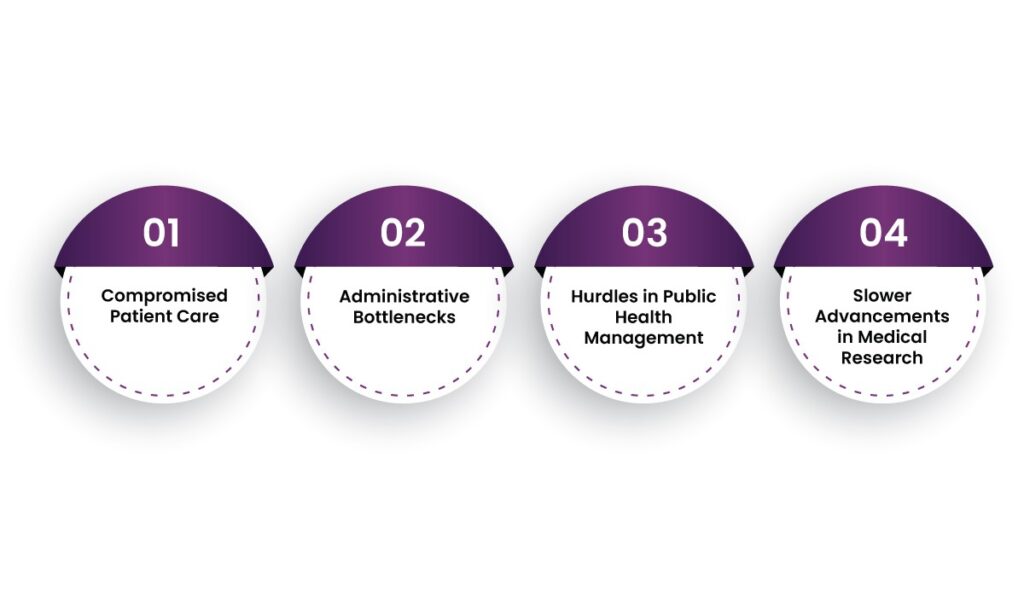
The Path to Effective Data Interoperability
The benefits of data interoperability are clear—it enables a connected healthcare ecosystem where information flows seamlessly across platforms, stakeholders, and institutions. However, achieving this requires a combination of standardized frameworks, regulatory support, and technological innovation.
1. Adopting Standardized Protocols
One of the foundational steps in achieving data interoperability is the adoption of standardized data exchange protocols. The Fast Healthcare Interoperability Resources (FHIR) and Health Level Seven (HL7) frameworks play a key role in structuring and exchanging health information consistently. These standards facilitate real-time data sharing, making it easier for systems to communicate efficiently.
2. Leveraging APIs for Seamless Data Exchange
Application Programming Interfaces (APIs) act as bridges between different healthcare systems, allowing data to flow without friction. By integrating APIs, hospitals, insurance providers, and healthcare apps can securely exchange information while maintaining data integrity.
3. Emphasizing Data Security and Privacy
Interoperability should not come at the cost of patient privacy. Therefore, strong encryption, role-based access controls, and compliance with regulations like HIPAA (Health Insurance Portability and Accountability Act) are vital in protecting sensitive health information.
4. Encouraging Collaboration Among Stakeholders
Data interoperability is not solely a technological challenge—it requires commitment from healthcare providers, software vendors, policymakers, and patients. Therefore, establishing partnerships and industry-wide collaborations can drive innovation and accelerate adoption.
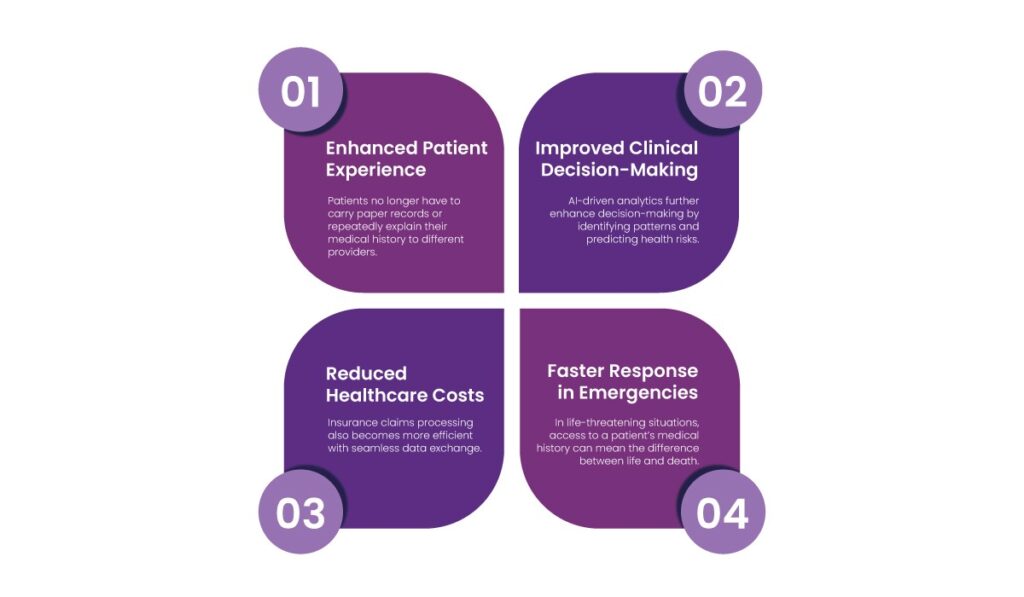
Benefits of Data Interoperability in Healthcare
Implementing robust data-sharing mechanisms transforms healthcare delivery in tangible ways. Some key benefits include:
1. Enhanced Patient Experience
Patients no longer have to carry paper records or repeatedly explain their medical history to different providers. With unified access to their health data, they can make informed decisions and receive better-coordinated care.
2. Improved Clinical Decision-Making
When doctors and specialists have access to real-time, accurate patient data, they can make more precise diagnoses and develop personalized treatment plans. AI-driven analytics further enhance decision-making by identifying patterns and predicting health risks.
3. Reduced Healthcare Costs
By eliminating redundant tests, automating workflows, and minimizing administrative overhead, interoperable systems contribute to cost savings for both healthcare institutions and patients. Insurance claims processing also becomes more efficient with seamless data exchange.
4. Faster Response in Emergencies
In life-threatening situations, access to a patient’s medical history can mean the difference between life and death. Emergency responders, paramedics, and ER physicians can make split-second decisions with greater confidence when comprehensive data is readily available.

How AERIS Solves Data Interoperability in Healthcare
AERIS, an Adaptive Exchange Interoperability System, makes data exchange effortless while prioritizing security, compliance, and scalability. Here’s how it works
1. Core Interoperability Framework
- Built on HL7 FHIR, AERIS streamlines access to patient histories, prescriptions, and test results across platforms.
- Supports HTTP, FTP, MQTT, and SOAP, allowing both legacy and cloud-based systems to communicate without friction.
- Standardizes medical terminologies to prevent data misinterpretation, keeping records clear and consistent across different healthcare platforms.
2. Security and Compliance
- Protects sensitive data with AES and TLS encryption, making it unreadable to unauthorized parties, whether in transit or storage.
- Role-based permissions and context-aware policies regulate who can access what based on job roles, location, and device.
- Tracks all interactions with detailed logs, improving accountability and assisting in security investigations.
- Complies with HIPAA, reducing legal risks and supporting responsible data management.
3. Integration Capabilities
- Acts as a central hub for API interactions, allowing EHRs, pharmacies, and labs to exchange information effortlessly.
- Translates data from legacy systems, IoT devices, and modern applications, making real-time insights accessible.
- Connects healthcare providers, insurance companies, and public health agencies for faster claims processing and better coordination.
- AERIS is built to scale effortlessly and can handle high volumes of data without performance hiccups.

Final Words
Breaking barriers in healthcare data interoperability is not just about connecting systems—it’s about transforming the way care is delivered. By fostering seamless data exchange, healthcare institutions can improve patient outcomes, optimize workflows, and accelerate medical advancements. As the industry moves toward greater connectivity, the focus should remain on creating a patient-centric ecosystem where data empowers providers, researchers, and individuals alike.
FAQs
1. What is healthcare data interoperability?
Healthcare data interoperability refers to the ability of different healthcare systems, applications, and devices to exchange, interpret, and use patient information seamlessly. It enables efficient data sharing across hospitals, clinics, insurers, and research institutions.
2. Why is data interoperability important in healthcare?
Interoperability allows healthcare providers to access complete and accurate patient records, reducing treatment delays, minimizing redundant tests, and improving overall patient care. It also helps in better disease management and public health monitoring.
3. What are the main challenges preventing seamless healthcare data exchange?
Some of the biggest challenges include fragmented data storage, lack of standardized protocols, security concerns, administrative inefficiencies, and resistance to adopting new technologies.
4. How does AERIS improve healthcare data interoperability?
AERIS integrates various healthcare systems using HL7 FHIR-based frameworks, APIs, and encryption technologies. It bridges the gap between legacy and modern systems while maintaining high security, compliance, and scalability.
5. How can APIs enhance interoperability in healthcare?
APIs (Application Programming Interfaces) serve as digital connectors between different software platforms, allowing them to exchange data without manual intervention. This simplifies communication between hospitals, pharmacies, and insurance providers.



